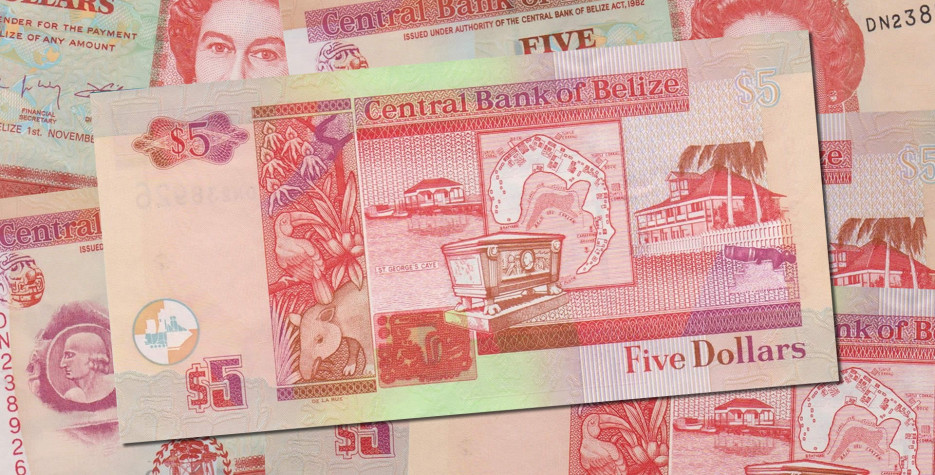When is St. George's Caye Day?
St. George's Caye Day is a public holiday in Belize, observed on September 10th.
Note that a couple of Holiday Act rules on what day of the week September 10th falls, means the public holiday will generally end up taking place on a Monday.
This is Belize's National Day and commemorates a victory in a key battle against the Spanish in 1798.
History of St. George's Caye Day
From the sixteenth century, the Spanish had been making attempts to control the region of the Yucatan coast which includes modern-day Belize. They never settled due to the lack of natural resources and the hostile Indian tribes.
The first Europeans who put down roots were British sailors; either shipwrecked or in some cases having 'Pirate' on their CV.
A base for bucanneering
Pirates would use the numerous cays (a low bank or reef of coral, rock, or sand) in the area as a places to lay in wait to attack passing Spanish ships. These pirates were known as 'filibusters', a word that is used in modern English for those who delay a political process.
Known as Baymen, these Europeans settled in the Belize City area in the 1650s after realising they could make a living by cutting and exporting logwood back to Europe.
The importance of the timber industry to the country is shown on the flag of Belize, whose seal features a woodcutter's starter pack - three axes, a saw and a mahogany tree.
In the mid-eighteenth century, the Spanish made several attempts to take control of the region. The conflict continued despite several treaties being signed by the Spanish and the British which were supposed to safeguard the rights of the Baymen.
On September 10th 1798, the Spanish made an assault on the settlement with 32 ships and over 2,000 troops. They engaged with the Baymen at St. George's Caye and despite the overwhelming Spanish numbers, the Baymen won a decisive victory, that ended Spanish interest in the region.
In 1862, Britain formally declared the settlement a British Crown Colony, subordinate to Jamaica, and named it British Honduras.
How is St. George's Caye Day Celebrated?
Various Festivities take place to mark the holiday including an official ceremony on the eve of September 10th, with fire-works and cultural presentations. On September 10th, a colourful carnival parade with floats depicting the national symbols of Belize.
St. George's Caye Day is also followed 11 days later by another notable holiday, Independence Day, which marks Belize's independence from Britain in 1981.
Unlike many countries, Independence Day is not the National Day of Belize, that honour is reserved for today, so Happy St. George’s Caye Day, Belize!


